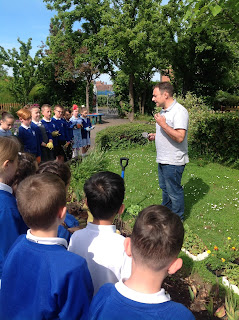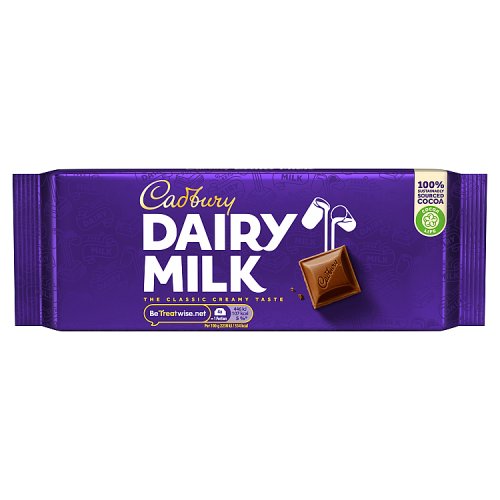In our science lessons recently, 3V have been investigating light and darkness. Today, we discovered that light is a beam of energy that can only travel in a straight line. We then looked at what happens to light when it meets another surface.
If the light hits an opaque surface, it is completely blocked and cannot pass through the surface. This causes a shadow to appear behind the item that is blocking the light.
If light hits a transparent surface, it passes through and no shadow forms behind the surface.
If light hits a translucent surface, then only some of the light will pass through.
We thought about why this might be useful in a practical context - for example, an opaque car windscreen wouldn't be very safe!
We then thought about curtains: some children are finding it very difficult to sleep at the moment because the evenings are getting lighter, and the sun is rising much earlier in the mornings. Perhaps some curtains would help solve the problem - but which material would be best?
We conducted an experiment using a variety of different fabrics to test which ones would be best for blocking out the light. We set up an experiment to shine a torch through the different fabrics onto a piece of white card, in order to test the opacity of the materials.
Some of the children had the extra challenge of deciding how to make the test fair, so that the results could be relied upon. They decided that it would be best to ensure the torch was held at the same distance from the fabric, and the fabric from the card, in each round of testing. This would be carefully measured with a ruler. The same torch and card were used for all experiments, so the only changing factor would be the different fabrics.
Once we had made our discoveries about the best curtain materials, the children recorded their results scientifically, and some were able to evaluate them and consider possible next steps in the testing process.
We had great fun and the children are becoming very able at thinking and working scientifically.





















